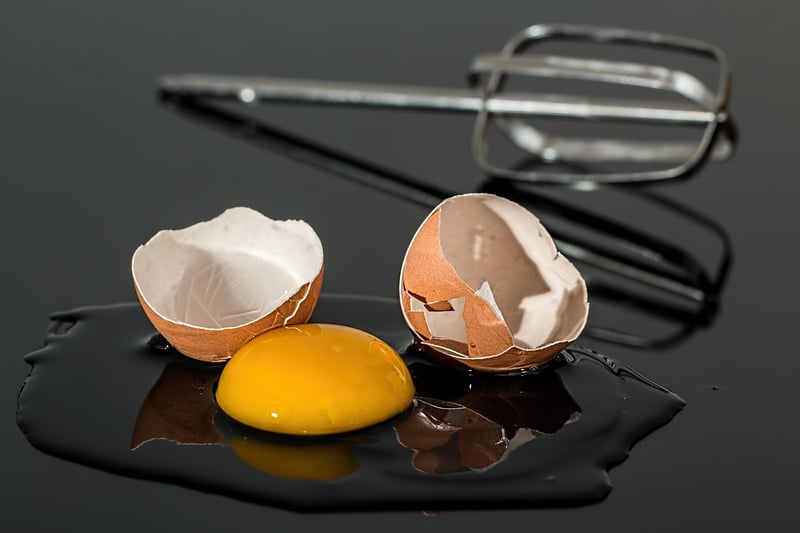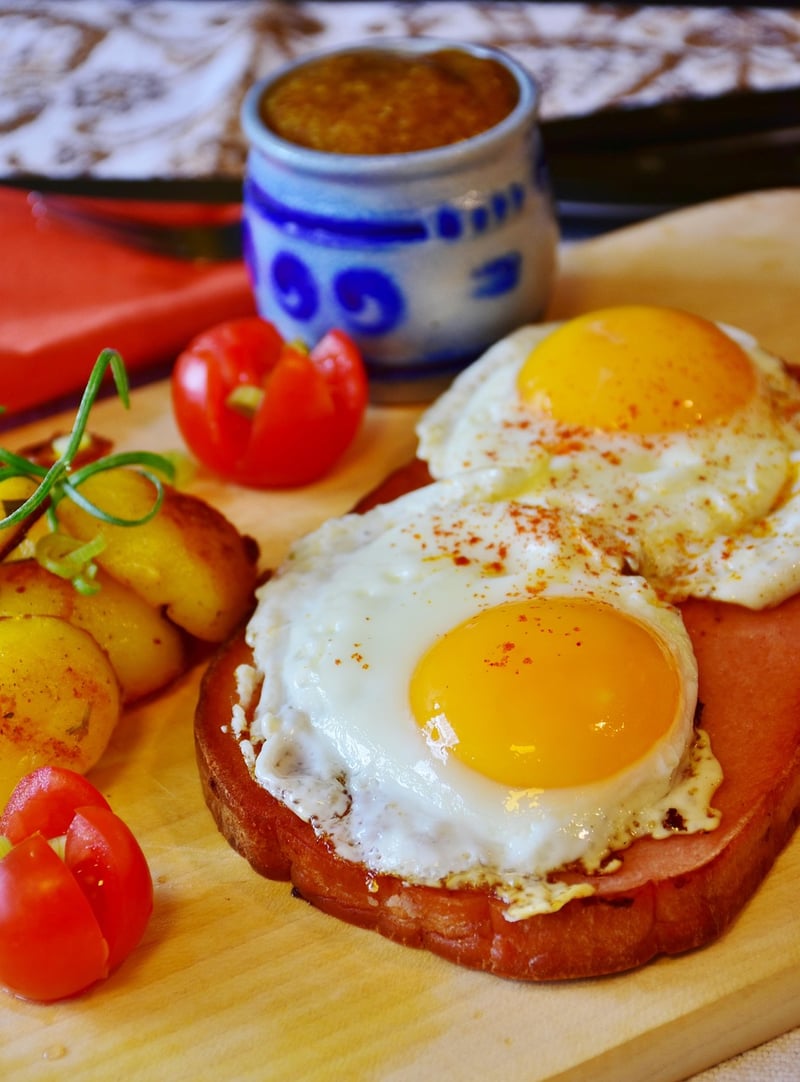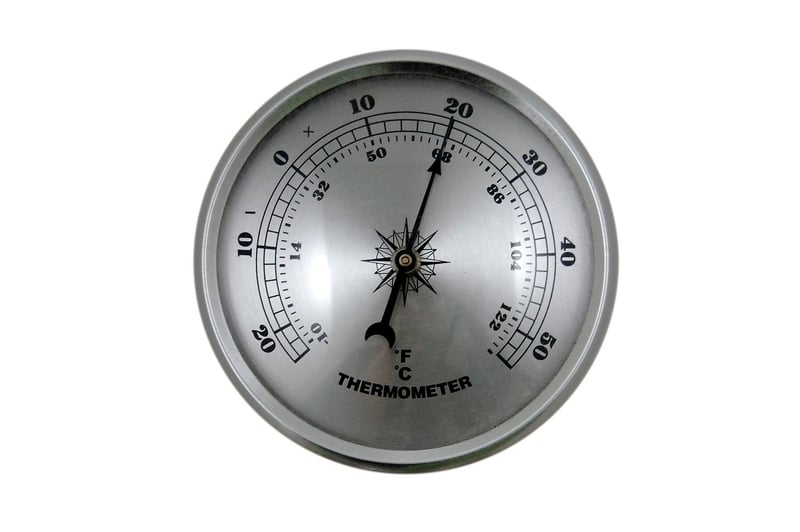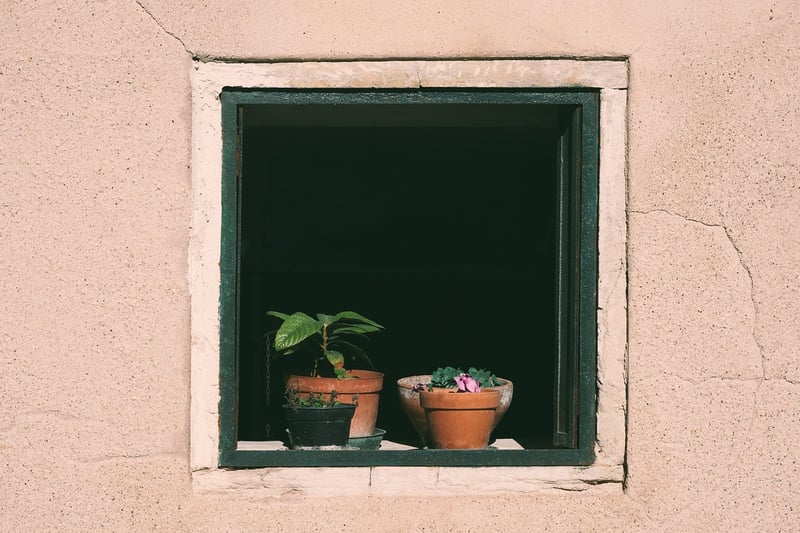Cooking Chemistry Insights
Unlocking the Science Behind Food: Cooking Chemistry Insights
Food and cooking are not just about flavors and textures; there's a fascinating world of chemistry behind every dish. Understanding the chemical reactions that occur during cooking can help you become a better chef and appreciate the art of cooking on a whole new level.
The Maillard Reaction: Creating Flavor Magic
One of the most crucial chemical reactions in cooking is the Maillard reaction. This reaction occurs between amino acids and reducing sugars when exposed to heat, resulting in the browning of food and the development of complex flavors. From the golden crust on bread to the sear on a steak, the Maillard reaction is responsible for creating irresistible aromas and tastes.

Emulsions: The Science of Stability
Emulsions play a vital role in cooking by combining ingredients that don't naturally mix, such as oil and water. By using an emulsifier, like egg yolks or mustard, you can create stable mixtures like mayonnaise or vinaigrettes. Understanding the science behind emulsions can help you master sauces and dressings in the kitchen.

Rising Agents: The Secret to Fluffy Baked Goods
When it comes to baking, rising agents like baking powder and yeast are essential for creating light and airy textures in cakes, bread, and pastries. These agents release carbon dioxide gas when activated, causing the dough or batter to rise. By understanding how rising agents work, you can achieve perfect baked goods every time.

Temperature Control: Precision in the Kitchen
Temperature control is key to successful cooking, as different chemical reactions occur at specific temperatures. From caramelization to protein denaturation, knowing the ideal temperature for each process can help you achieve consistent and delicious results in your dishes.

By delving into the science behind food and cooking, you can elevate your culinary skills and create dishes that not only taste great but also showcase the artistry of chemistry in the kitchen.
Explore more about the chemistry of cooking here.
